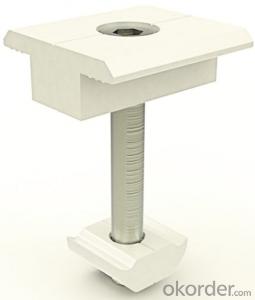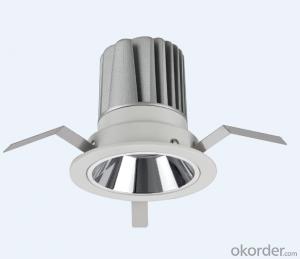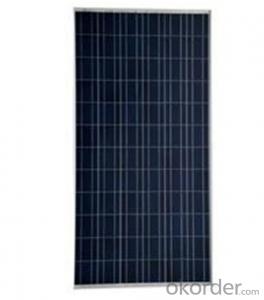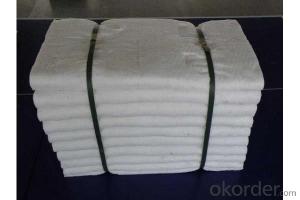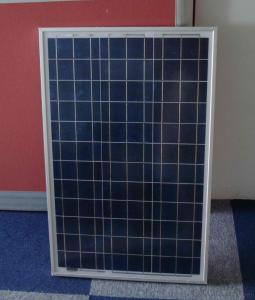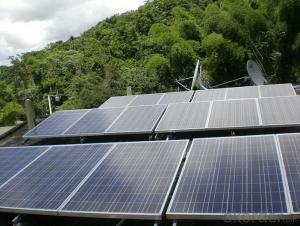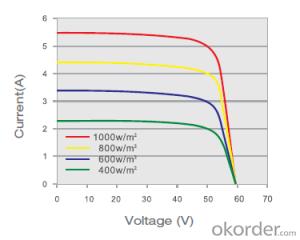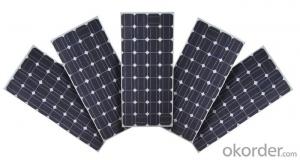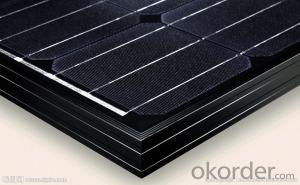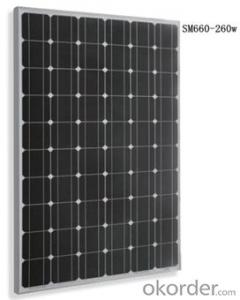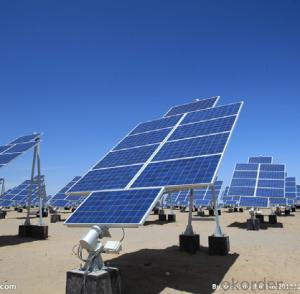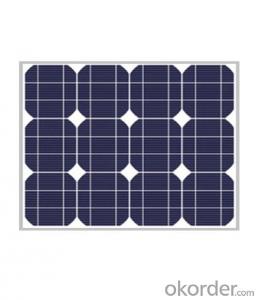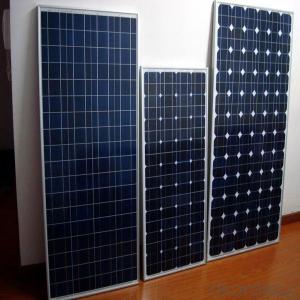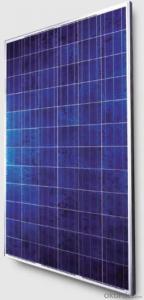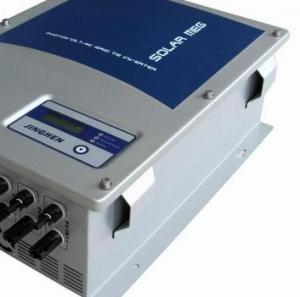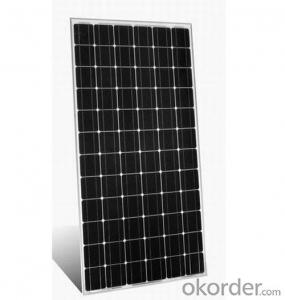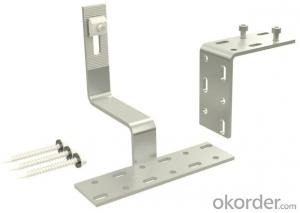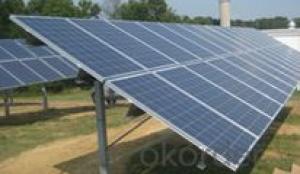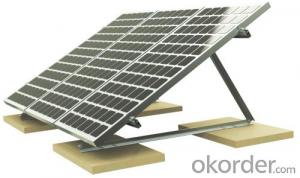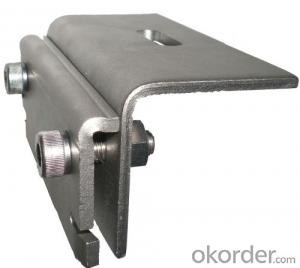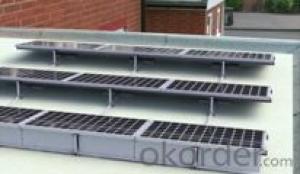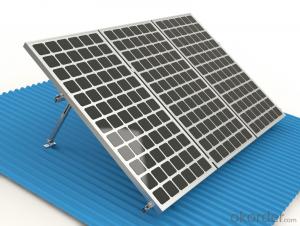Solar Module Clamps
Solar Module Clamps Related Searches
Ac Inverter For Solar Panels Solar Panel With Ac Inverter Gas Furnace With Ac Panda Hot Water Bottle Cover Minion Hot Water Bottle Cover Abb Solar Water Pump Inverter Solar Water Pump Philippines Extra Long Hot Water Bottle Solar Panel Dc To Ac Inverter Old Fashioned Hot Water BottleHot Searches
China Ac Module Solar Panel China Solar Ac Module China Solar Module Prices China Solar Module Solar Module China Ac Module Solar Panel Price Solar Inverter Panel Price Solar Panel Module Price Solar Module Wholesale Price Solar Module Price Per Watt First Solar Module Price Solar Module Price Increase Solar Module Price Solar Panel Inverter Size Solar Panel Module Size Solar Panel Inverter Suppliers Solar Panel Module Types Solar Inverter Solar Panel Tesla Solar Panel Inverter Solar Hot Water Collectors For SaleSolar Module Clamps Supplier & Manufacturer from China
Okorder.com is a professional Solar Module Clamps supplier & manufacturer, offers integrated one-stop services including real-time quoting and online cargo tracking. We are funded by CNBM Group, a Fortune 500 enterprise and the largest Solar Module Clamps firm in China.Hot Products
FAQ
- Yes, a solar mounting system can be installed on a coastal or marine environment. However, it is important to consider the potential challenges and requirements associated with these environments. Factors such as saltwater corrosion, high winds, and salt spray can affect the performance and longevity of the system. Therefore, it is crucial to use materials and design techniques that are resistant to corrosion and can withstand the harsh coastal conditions. Additionally, regular maintenance and cleaning may be necessary to ensure optimal performance.
- The cost of a solar mounting system can vary depending on various factors such as the size of the system, the type of mounting system (roof-mounted or ground-mounted), the specific components used, and the installation requirements. However, on average, a solar mounting system can range anywhere from a few hundred dollars to several thousand dollars.
- Yes, solar mounting systems can be installed on buildings with architectural features or historical significance. However, it is important to ensure that the installation does not compromise the integrity or visual aesthetics of the building. The design and installation process should be carefully planned and executed to minimize any potential impact on the architectural features or historical significance of the building.
- Yes, there are several safety considerations when installing a solar mounting system. These include ensuring proper anchoring and structural integrity of the system, using appropriate safety equipment and protective gear, following electrical safety protocols, and being aware of potential hazards such as falls, electrocution, and fire risks. It is important to adhere to manufacturer's instructions and local building codes to ensure a safe installation process.
- Yes, there are specific requirements for installing a solar mounting system on a rooftop with HVAC units. The system needs to be designed and installed in a way that ensures proper clearance and access to the HVAC units for maintenance and repair. Additionally, the weight of the solar panels and mounting system needs to be accounted for to ensure the structural integrity of the rooftop and the HVAC units. It is important to consult with a professional solar installer who can assess the specific requirements and provide a safe and efficient installation.
- Yes, solar mounting systems can be installed on remote or off-grid locations. These systems are designed to be flexible and adaptable, allowing for installation in areas without access to the traditional power grid. Off-grid solar installations often utilize batteries to store excess energy generated during the day for use during the night or when the sun is not shining. This makes solar mounting systems a viable option for powering remote locations or areas with limited access to electricity.
- Yes, there are specific requirements for canopy design when using a solar mounting system. These requirements include factors such as the structural integrity of the canopy to withstand the weight and wind loads of the solar panels, proper orientation and tilt angle for maximum solar exposure, sufficient space for panel installation and maintenance, and compatibility with electrical wiring and connection points. Additionally, consideration should be given to factors like shading and clearance to ensure optimal performance of the solar system.
- Yes, a solar mounting system can definitely be used in areas with solar incentives for gyms. These incentives aim to promote the use of renewable energy sources like solar power, and installing a solar mounting system at a gym would be a great way to take advantage of these incentives. It not only helps the gym reduce its carbon footprint and electricity costs but also contributes to the overall sustainability of the community.

